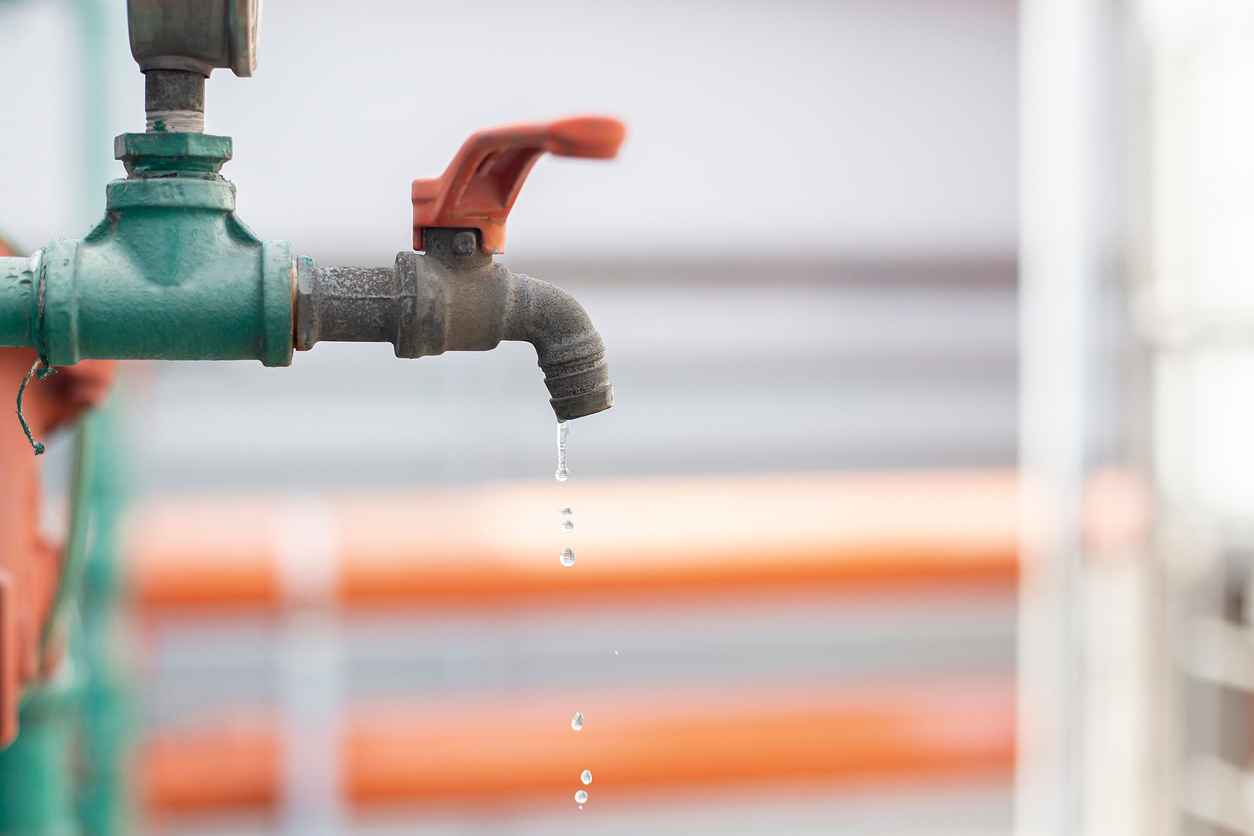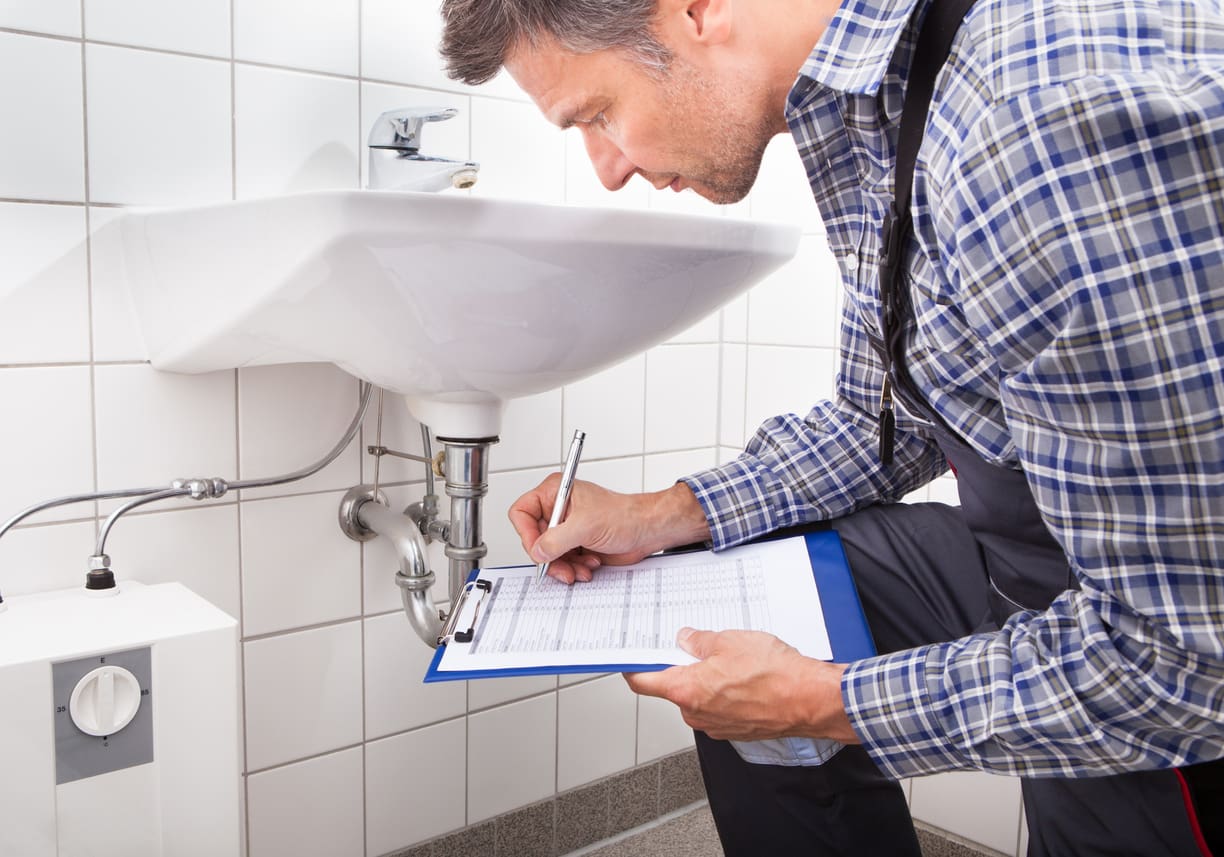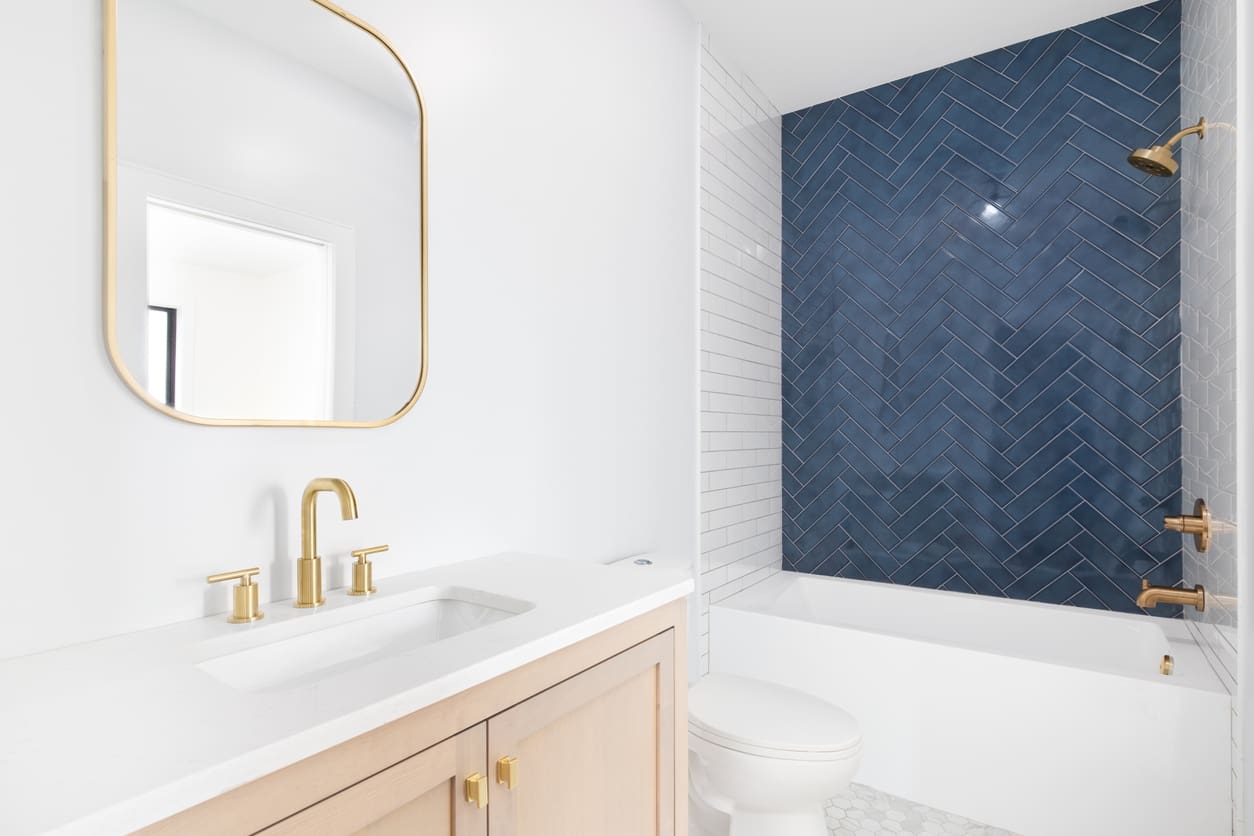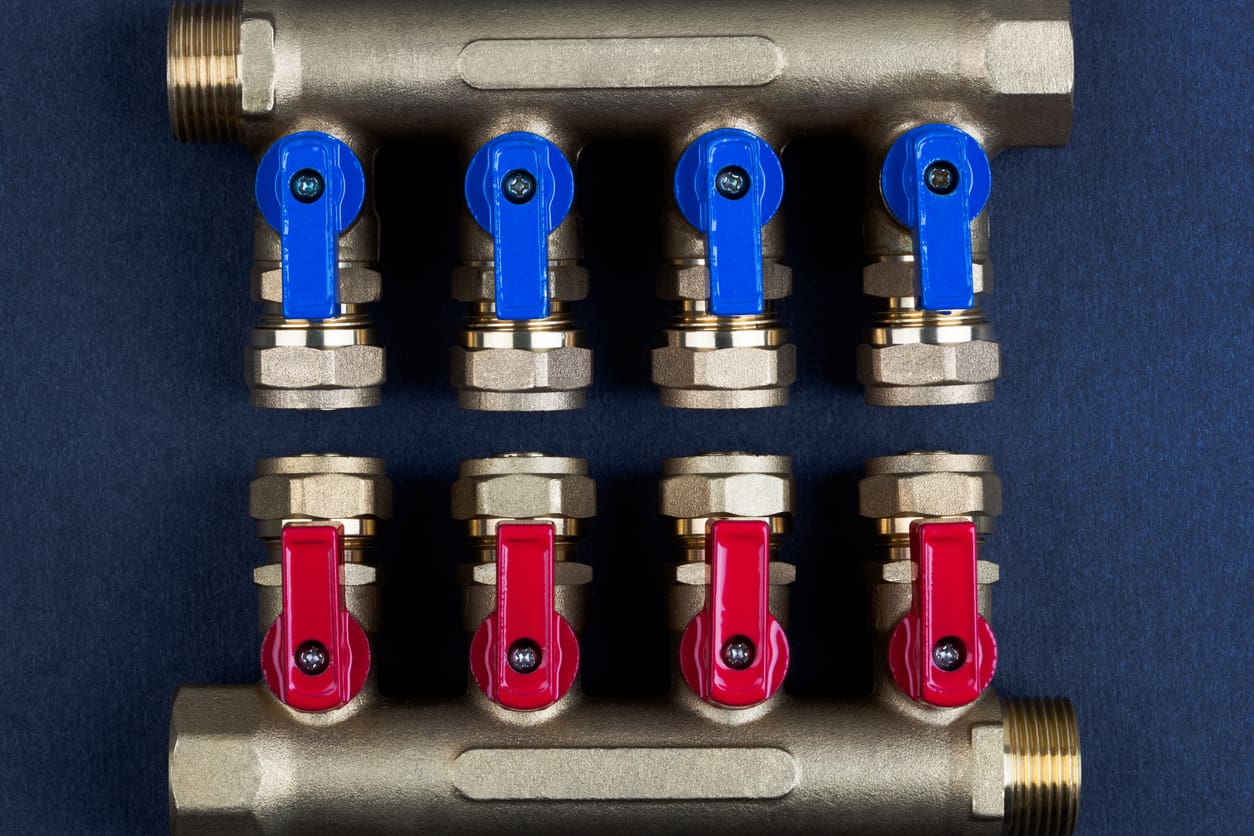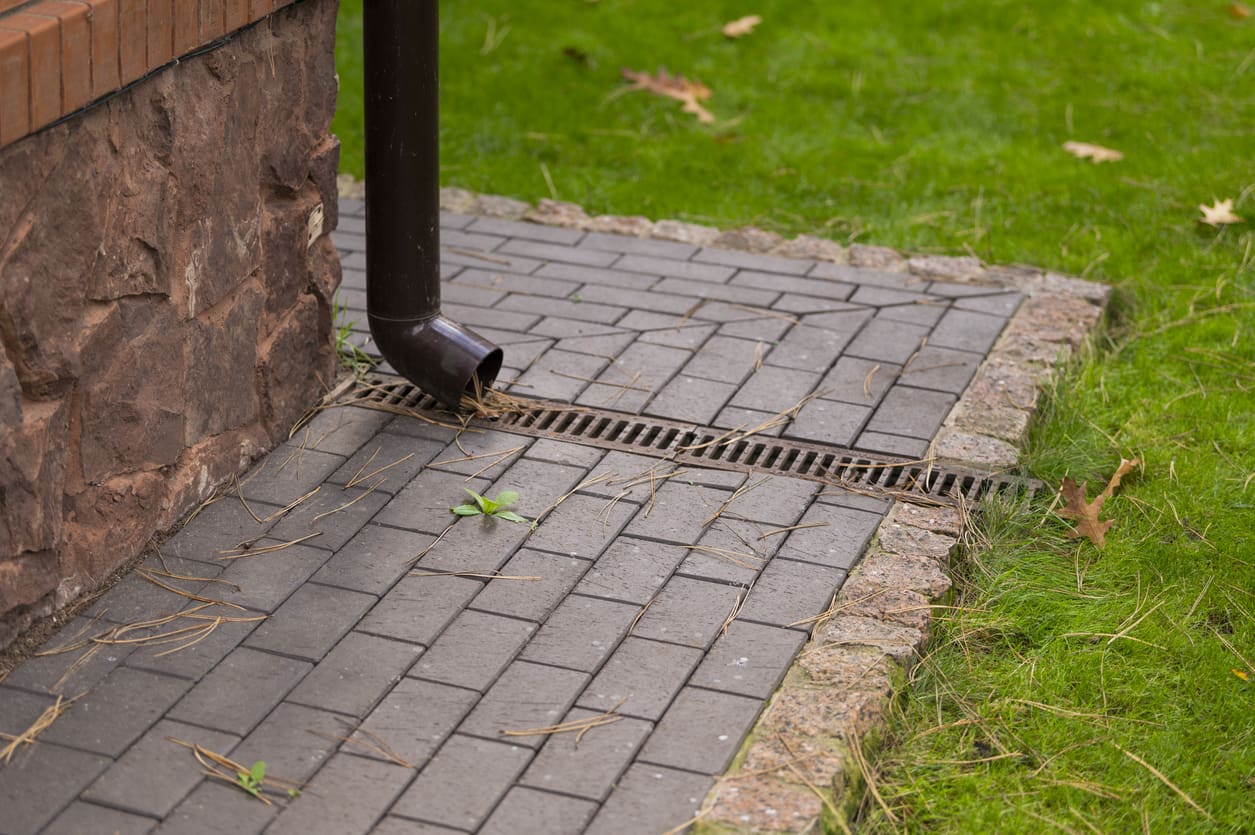absolute plumbing Inc.
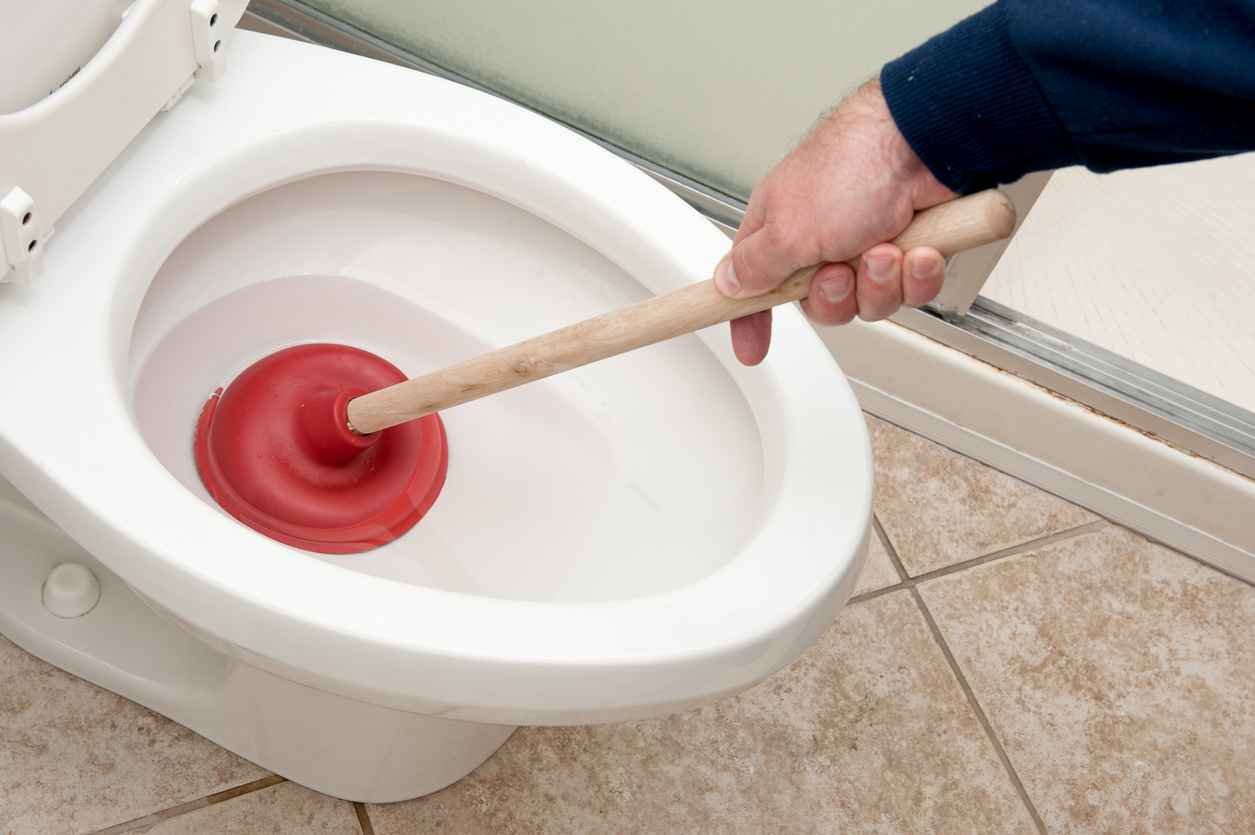
How to Unclog a Toilet
Dealing with a clogged toilet is an all-too-common dilemma that many homeowners encounter. It’s not just an inconvenience; it can quickly turn into a messy situation that disrupts your daily routine. Fortunately, with some basic know-how and a few household tools, you can tackle most clogs yourself without needing to call in the professionals immediately.
This step-by-step guide will provide you with practical instructions on how to effectively unclog your toilet. From identifying the right tools to understanding the correct plunging technique, we’ll cover everything you need to restore functionality to your toilet and ensure your plumbing system operates smoothly.
Stop the Water Flow
Before you tackle the clog, make sure to prevent any potential overflow. If the toilet water is rising and threatens to spill over, quickly lift the lid off the tank and close the toilet flapper. This stops water from entering the bowl. Alternatively, you can turn off the water supply at the valve, typically located behind the toilet.
Choose Your Tool
For most clogs, a good quality plunger is your best friend. Ensure you have a plunger with a flange, as these are specifically designed for toilets and help create a better seal. If you suspect something solid like a small toy or a hard object is causing the blockage, you might need a toilet auger. This tool can reach deeper into the toilet drain and dislodge items that a plunger can’t.
Plunge Properly
Insert the plunger into the bowl and ensure it completely covers the exit hole. Start with a gentle plunge to push the air out without splashing dirty water. Once the air is out, increase the vigor of your plunging. The motion should be forceful and rapid to generate enough pressure to dislodge the clog. After about 15-20 seconds of vigorous plunging, pull the plunger up sharply to create additional pressure. Repeat this process a few times.
Use a Toilet Auger
If plunging doesn’t work, a toilet auger might be necessary. Insert the end of the auger into the bowl, making sure the tip doesn’t scratch the porcelain. Slowly turn the handle as you push the cable into the drain. Once you feel resistance, crank the auger to break through the blockage. Retrieve the auger slowly, flushing the toilet a few times to clear any remnants of the clog.
Test and Clean
After you’ve worked on removing the blockage, give your toilet a test flush. It should drain quickly and completely if the clog has been successfully removed. If the water clears from the toilet, give yourself a pat on the back—you’ve done it! Finally, clean and sanitize the area, including your tools and the toilet itself, to maintain a hygienic bathroom environment.
Prevention Tips
To prevent future clogs, be mindful of what you flush down your toilet. Avoid disposing of non-biodegradable products such as wet wipes, paper towels, and feminine hygiene products. Also, regular maintenance can help keep your plumbing in optimal condition. Consider using a mild, natural cleaner like baking soda and vinegar periodically to keep the pipes clear.
Need Professional Help in Flower Mound, TX?
While these steps can be effective for minor clogs, some issues might require professional attention. If you’re in Flower Mound, TX, and your toilet woes persist after trying these methods, don’t hesitate to call Absolute Plumbing. Our expert team is equipped to handle all types of toilet repairs and plumbing emergencies. You can count on us to provide fast, reliable service when you need it most.
For all your plumbing needs in Flower Mound, TX, contact Absolute Plumbing today. We’re here to ensure your home’s plumbing runs smoothly, so you can focus on what matters most.

